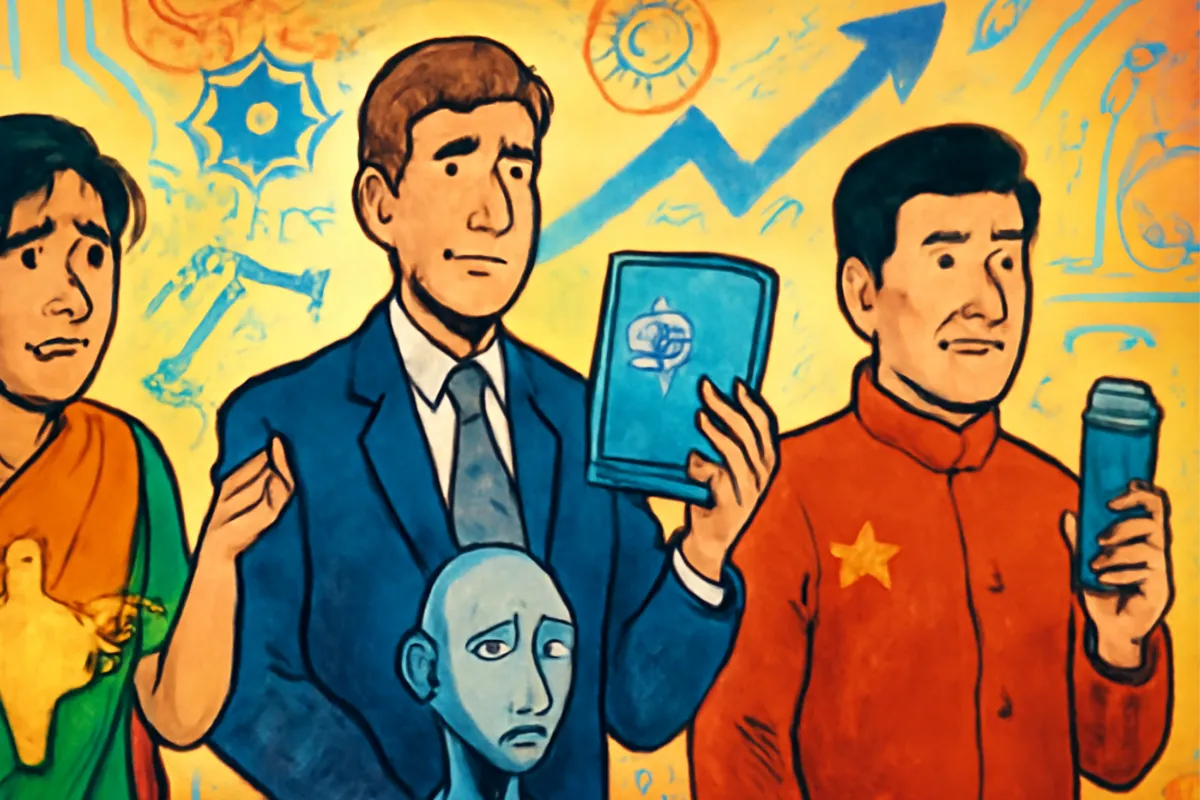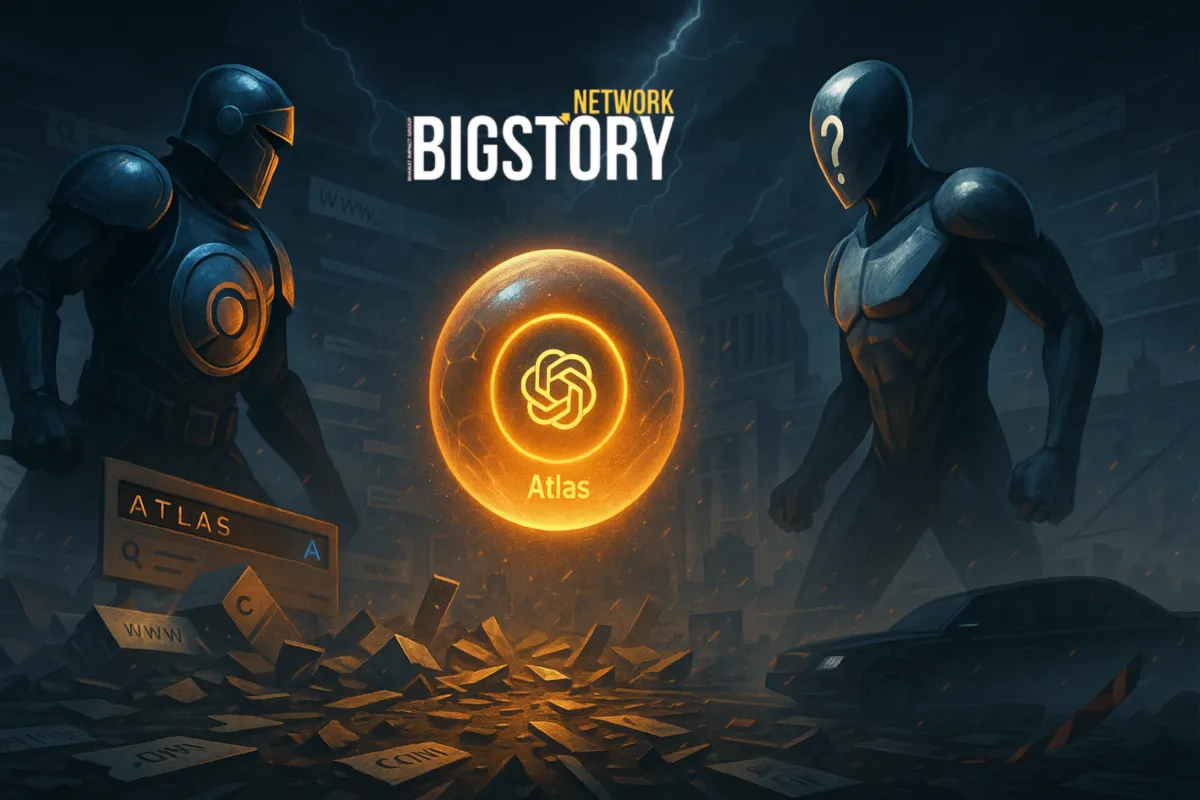The global AI race is often defined by a few select names: OpenAI's ChatGPT, Google's Gemini, and China's Deepseek. The perception is simple—if a country doesn’t have a foundational model that can generate text, images, and code at a world-class level, it is falling behind. This line of reasoning leads many to question India's position, with the popular sentiment being, "Where is India? Are we lost?"
The reality, however, is far more nuanced. While India may not have a homegrown, trillion-dollar foundational model, it is not lost. It is simply playing a different game—one that is arguably more strategic, sustainable, and relevant to its own unique challenges and opportunities. India's AI strategy is less about a single, monumental "moonshot" and more about a "Cambrian explosion" of applied AI solutions that solve real-world problems for its massive and diverse population.
Why Not a "ChatGPT" of its Own? The Reality Check
The creation of a foundational AI model like ChatGPT or Gemini is a monumental undertaking, requiring an astronomical amount of capital, computing power, and a concentrated pool of talent.
- Financial and Compute Costs: The training of a large language model (LLM) costs hundreds of millions, if not billions, of dollars. This is beyond the reach of most Indian companies. The sheer cost of acquiring and running thousands of high-end Graphics Processing Units (GPUs) is a primary barrier.
- The Moat of Data and Talent: The leading models are built on colossal datasets and rely on a handful of elite researchers, many of whom are absorbed by global tech giants. While India has a large and talented pool of engineers, it has not traditionally been a "research-first" country. Its strengths lie in product development and software services, which is a different skill set.
India's leaders and innovators recognize this. As Zepto CEO Aadit Palicha noted, the absence of large, profitable consumer internet giants like those in the US and China has limited the capital and data needed to fuel such a venture. Rather than trying to emulate this model, India is leveraging its own unique strengths.
India’s Strengths: The UPI and Aadhaar Advantage
India's true power in the AI race lies not in a single company or model, but in its vast digital public infrastructure and its rich, diverse datasets.
- Digital Public Infrastructure (DPI): India's DPI—with systems like the Aadhaar digital identity, the Unified Payments Interface (UPI), and the Open Network for Digital Commerce (ONDC)—provides an unparalleled foundation for AI applications. This infrastructure, which has been hailed globally, allows developers to build AI solutions for a billion-plus people from day one, solving problems at a scale no other country can match.
- A Diverse Data Pool: India's linguistic, cultural, and regional diversity, often cited as a challenge, is also a unique data asset. While a Western-developed model may struggle with India's 22 official languages and countless dialects, it creates an immense opportunity for India to build tailored, localized models that better serve its people.
- A Booming Startup Ecosystem: The country's GenAI companies are now a magnet for investment, with venture capital funding reaching its highest levels in years. Startups are not chasing the dream of a foundational model; they are building practical, vertical-specific solutions for healthcare, agriculture, fintech, and more. A few Indian AI companies are also working on foundational models, often with a focus on Indic languages, but their path is a far cry from the Western "blitzkrieg" model.
The Government's Third Way
The Indian government's approach reflects this pragmatic strategy. The IndiaAI Mission, a ₹10,300 crore initiative, is not just about competing with the West; it's about building an AI for All model.
- Democratizing Compute: The government is establishing a massive shared computing facility with over 18,000 GPUs to provide startups and researchers with the compute power they cannot afford individually. This levels the playing field and ensures that innovation is not limited to a privileged few.
- Focus on Public Good: The government is prioritizing the development of AI solutions for sectors that can bring about massive social change, such as healthcare diagnostics, precision farming, and personalized education. The focus is on solving domestic problems and then exporting those solutions to other developing nations.
- Ethical and Responsible AI: India is positioning itself as a global leader in ethical AI, advocating for a balanced approach that avoids the overregulation of Europe and the market-driven chaos of the U.S. This "middle path" allows for innovation while ensuring accountability.
Conclusion: To ask "Where is India?" in the AI race is to fundamentally misunderstand its strategy. India is not "lost"; it is charting a different course, one rooted in its unique strengths and focused on building a decentralised, application-driven ecosystem. While others may be in a race to build a single "super brain," India is building a vast network of intelligent applications that could fundamentally transform its economy and society. The true measure of success will not be the launch of a flashy foundational model, but the quiet, impactful work being done across thousands of startups and government initiatives that are harnessing AI to build a more equitable and prosperous future.







Leave a Reply